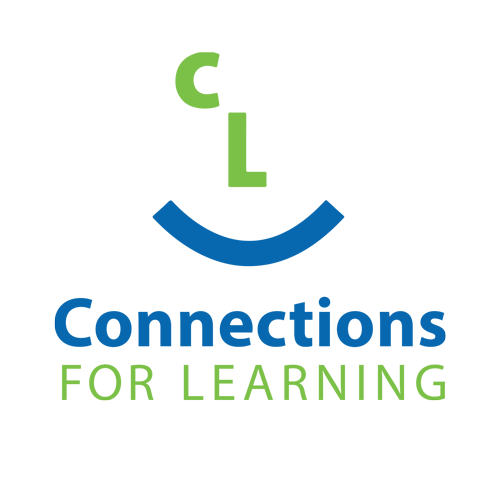AP 239: Provision of At Home Learning
Instruction & Assessment
Background
Principals ensure that all students have equitable access to meaningful and high-quality learning opportunities. In alignment with the Education Act, and the Alberta In-Person Learning Regulation (13/2025) this Administrative Procedure outlines the conditions and expectations for the implementation of at-home learning where an in-person option is temporarily unavailable.
The Superintendent recognizes the critical role of in-person instruction in promoting student engagement, well-being, and academic success and shall prioritize in-person learning wherever reasonably possible.
Definitions
a. Alternate Facility: shall refer to a temporary, alternative physical location used to provide in-person learning (e.g., another school building or community facility).
b. Asynchronous Learning: shall refer to learning activities delivered without real-time interaction, which students complete at their own pace.
c. At-Home Learning: shall refer to instruction that occurs outside of a school building, typically via digital or paper-based means, when in-person attendance is not possible or offered.
d. In-Person Learning: shall, for this Administrative Procedure, refer generally to learning that takes place at school, and specifically to in-person learning as defined in the In-Person Learning Regulation (13/2025) that provides for the option for in-person learning that allows a student to continue with the same courses and education program that the student is enrolled in as of the date at-home learning is offered or provided.
e. Synchronous Learning: shall refer to real-time instruction delivered remotely with direct interaction between student and teacher.
Decision-Making Criteria for At-Home Learning Implementation
1. In alignment with the Alberta In-Person Learning Regulation (13/2025), the Superintendent or designate shall determine when at-home learning is to be offered in lieu of in-person instruction; notably,
1.1. Any provision of at-home learning that does not include an in-person learning option must be communicated, by the Superintendent within forty-eight (48) hours, to the Minister, in a form and manner acceptable to the Minister (Regulation s. 5(2)); and
1.2. At-home learning, without providing an in-person learning option for some or all of the students beyond three (3) consecutive school days may not continue, unless:
1.2.1. There are circumstances that threaten the safe operation of all or part of the building where students regularly attend school (Regulation s. 5(1)(a));
1.2.2. The circumstances above are not related to, or a result of, an emergency described in s. 3.1(1) of the Education Act;
1.2.3. The Superintendent is satisfied that, under the circumstances referred to in s. 1.2.1 above, that it is reasonably necessary to restrict access to all or part of a building where students regularly attend school, such that it is not reasonable to conduct in-person learning, and
1.2.4. The Superintendent plans to provide at-home learning without an in-person learning option for three (3) consecutive school days or less.
2. Considerations for at-home learning shall include, but are not limited to:
2.1. Emergencies as defined in the Education Act, s. 3.1(1);
2.2. Safety or inaccessibility of school facilities (e.g., environmental hazard, infrastructure failure);
2.3. Access to required technology and infrastructure for learning delivery;
2.4. Feasibility of temporary relocation to alternate facilities;
2.5. Feasibility of synchronous vs. asynchronous instruction, based on student age, program complexity, and staff capacity; and/or
2.6. Educational equity and continuity for all students.
Exploration of Alternate In-Person Learning Facilities
3. Prior to transitioning students to at-home learning, the Superintendent or Designate shall explore viable options for relocating instruction to:
3.1. Another school within the Division;
3.2. A nearby school operated by another authority; or
3.3. An appropriate community facility.
4. The final determination shall consider student safety, transportation feasibility, and instructional quality.
At-Home Learning Design and Compliance
The In-Person Learning Regulation notes that when, in accordance with the Regulation, at-home learning is provided without an in-person learning option, then there must be reasonable efforts to enable a student to continue with the same courses and education programming that the student is enrolled in as of the date at-home learning begins, in accordance with the Division’s procedure (Regulation s. 6).
5. When at-home learning is required, the school Principal shall develop and implement a plan to ensure:
5.1. Minimum instructional hours are met in accordance with the Guide to Education;
5.2. Clear expectations for attendance, engagement, and progress tracking are communicated to students and parents;
5.3. Students are able to participate in all relevant provincial assessments and evaluations;
5.4. Teachers maintain regular contact with students to monitor learning outcomes and well-being;
5.5. Learning experiences are adapted appropriately to reflect the remote context and the developmental needs of students;
5.6. Communication protocols are established to support regular interaction among students, teachers, and families; and
5.7. Appropriate support mechanisms are identified and implemented for students who may experience barriers to learning in an at-home environment.
Equity of Access and Student Supports
6. The school Principal shall take reasonable steps to ensure students can access and participate fully in at-home learning, including:
6.1. Provision of devices or paper-based alternatives for students without home internet or technology;
6.2. Language and literacy support for English as an additional language learners (EAL), as possible given existing resources;
6.3. Accommodations for students with exceptional or diverse learning needs, as possible given existing resources;
6.4. Provision of mental health and wellness resources, as possible given existing resources.
7. School staff shall maintain documentation of supports provided and efforts made to ensure equitable learning conditions.
Communication and Notification
8. In all cases where at-home learning is implemented, parents shall receive formal communication from the Principal or designate outlining:
8.1. The rationale and expected duration of the shift;
8.2. Delivery method(s) for instruction and student responsibilities;
8.3. Contact information for teachers; and
8.4. Available technological and learning supports.























